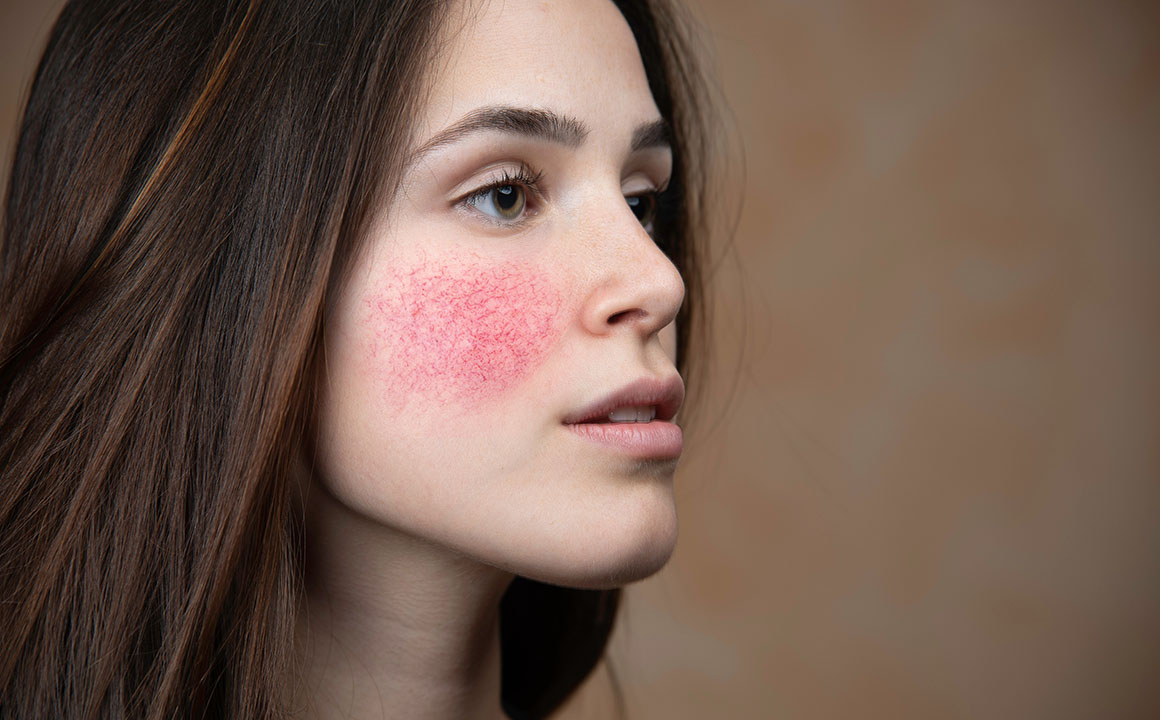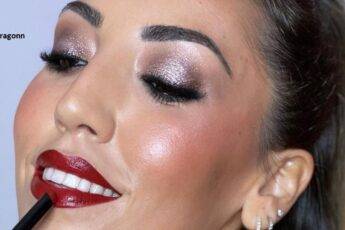9 Common Skin Diseases and How to Treat Them

Skin diseases come in all shapes and sizes, from small and innocuous-looking pimples to large and unsightly cellulite patches.
Luckily, most of them pose no serious threat to your health and can be treated relatively easily. However, some skin diseases can be uncomfortable and even painful, or affect the way you look, so it’s important to be aware of the different types and their symptoms.
In this blog post, we’ll take a look at some of the most common skin diseases and what causes them. We’ll also discuss several ways you can treat them, from anti cellulite oil to over-the-counter medications for acne.
Ready? Read on to learn more!
The most common skin diseases
1- Cellulite
Cellulite is a skin disease that results in the formation of dimpled skin, generally on areas like the buttocks or the thighs. It’s caused by the build-up of fat cells under the skin, which results in a “cottage cheese” or “orange peel” appearance. Cellulite usually appears more in women than in men, due to differences in fat distribution and skin thickness.
There are a number of treatments available for cellulite, including creams and lotions that can help to temporarily reduce its appearance. For more long-term results, there are also procedures such as laser therapy, mesotherapy, and radiofrequency waves that can help to break down the fat cells under the skin.
However, these procedures can be expensive and may not be covered by insurance. If you’re looking for a more affordable option, dry body brushing is a home treatment that can help to temporarily reduce the appearance of cellulite by stimulating blood circulation and lymphatic drainage.
2- Acne
Acne is a type of skin disease that results in the formation of pimples, blackheads, or whiteheads. It’s caused by an overproduction of oil in the sebaceous glands, which can clog pores and trap bacteria underneath the skin. Acne is most common in teenagers or young adults, but it is also pretty common in adults.
Acne treatments typically fall into one of two categories: topical treatments or oral medications. Topical treatments include creams or gels that are applied directly to the skin; these work by reducing inflammation or killing bacteria. Oral medications work from the inside out; they’re typically taken once a day and can have side effects such as dry mouth or dizziness.
If you’re looking for a natural acne treatment, there are a number of home remedies that can help, such as using green tea bags or apple cider vinegar as spot treatments.
3- Eczema
Eczema is a chronic condition that results in dry, itchy patches of skin that also turn red. It’s caused by an overactive immune system response; when the body comes into contact with an irritant (such as dust mites or certain fabrics), it releases inflammatory chemicals that cause the symptoms of eczema. Eczema is more common in children than adults, but it can occur at any age.
Treatment for eczema typically involves avoiding triggers (such as certain fabrics or allergens), using emollient creams or ointments to moisturize the skin, taking antihistamines to reduce itching, and using topical corticosteroids to reduce inflammation.
In severe cases, systemic medications may also be prescribed. If you’re looking for a natural remedy for eczema, some people find relief from using probiotics or coconut oil on their skin.
4- Atopic dermatitis
Atopic dermatitis is a chronic skin disease that causes it to become dry, itchy, and inflamed. The exact cause of atopic dermatitis is unknown, but it is thought to be due to a combination of genetic and environmental factors.
Symptoms of atopic dermatitis include itching, flaking skin, inflammation and redness, dry skin, itching, redness, and inflammation. There are different ways to treat atopic dermatitis, like topical medications, oral medications, or light therapy.
5- Contact dermatitis
Contact dermatitis happens when your skin comes into contact with an allergen or another irritant. Common irritants include detergents, soaps, and chemicals. Common allergens include nickel, latex, and cosmetics.
Symptoms of this skin disease include itching, redness, and swelling. The condition can be solved with topical medications or simply by avoiding the offending substance.
6- Psoriasis
Psoriasis is a well known skin condition that causes the skin to become thickened and scaly and that tends to be chronic. The exact cause of psoriasis is unknown, but it is thought to be due to a mixture of genetic and environmental factors.
Symptoms of psoriasis include thickened, scaly skin, itching, and redness. Psoriasis might be treated with topical medications, oral medications, light therapy, or biologic drugs.
7- Rosacea
Rosacea is a chronic skin condition that also causes the face to become red and inflamed. The exact cause of rosacea is unknown, but again, it might be caused due to a mix of innate and environmental issues.
Among some of the most common symptoms of rosacea we can include redness, inflammation, and bumps on the face. The condition can be treated with topical medications, oral medications, or laser therapy.
8- Scleroderma
Scleroderma is a chronic skin condition that causes the skin to become thickened and hard. The exact cause of scleroderma is unknown as of today.
Some very common symptoms of scleroderma include thickened skin, joint pain, Raynaud’s phenomenon, and gastrointestinal problems. The condition can be treated with both medication and surgery.
9- Vitiligo
Vitiligo is a skin disease of unknown cause that causes some of it to lose its pigmentation. It is usually chronic, although it can respond well to some treatments.
As such, vitiligo might respond well to topical & oral medications, and some forms of cosmetic surgery.
As you can see, there are many different types of skin diseases, each with its own set of symptoms and treatment options. Most of them are relatively harmless, but some can be quite serious. If you think you may have any of these conditions, be sure to see a doctor as soon as possible for an accurate diagnosis and treatment plan.





Leave a Comment